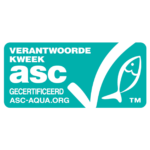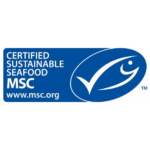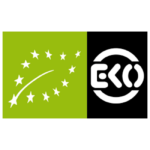Ling
Iceland grounds (FAO 27)
Danish seine, Bottom trawls, Demersal longlines, Handlines and pole-lines, Gillnets
- Jan
- Feb
- Mar
- Apr
- May
- Jun
- Jul
- Aug
- Sep
- Oct
- Nov
- Dec
The fishery on ling around Iceland is well documented. The fish stock is currently on its highest level, but the recruitment of young fish has strongly declined. This will result in the coming years in a decrease of the ling stock and catches.
In Iceland it is forbidden to discard bycatch. The amount of bycatch is low the ling fishery. All fisheries around the vulnerable cold-water corals around Iceland are pre-emptively forbidden.
Most Icelandic fisheries on ling have since 2015 been MSC-certifiedMSC Certified:
Fisheries that comply with the Marine Stewardship Council assessment criteria and are certified. Fish products with the blue MSC label are caught by sustainable fisheries.. These fisheries use multiple methods; [bottom otter trawl], [Danish seine], [set longlines], handlinesHandlines and pole-lines:
A collective name for pole lines, jigs and troll lines. Hand lines and pole lines are used on a small scale most of the time and are relatively selective. unwanted by-catch have a high survival rate because they can be thrown back immediately. and GillnetsGillnets:
A fishing technique whereby passing fish get caught in the meshes with their gills. The net stands vertically on the bottom or hangs on buoys in the water column. The by-catch of species such as porpoises and dolphins is a problem related to gillnets.. These methods have a lower impact on the ecosystem than traditional methods to catch ling, especially the [beam trawl]
The MSC certificate is only for the common ling, not for blue ling.




